A famous cherry tree in DC was uprooted. Its clones help keep legacy alive
WASHINGTON – Almost half a year has passed since the nation's capital went into mourning over the news that Stumpy was doomed to die.
The growth-stunted little cherry tree stole the hearts of Washington natives and visitors alike. Its death sentence, announced the week before the city's iconic cherry trees reached peak bloom in March, prompted crowds to flock to Stumpy's home on the Tidal Basin to pay their last respects. It spawned a "save Stumpy" movement and an online petition that garnered nearly 1,000 signatures.
Now, the little tree has been resurrected.
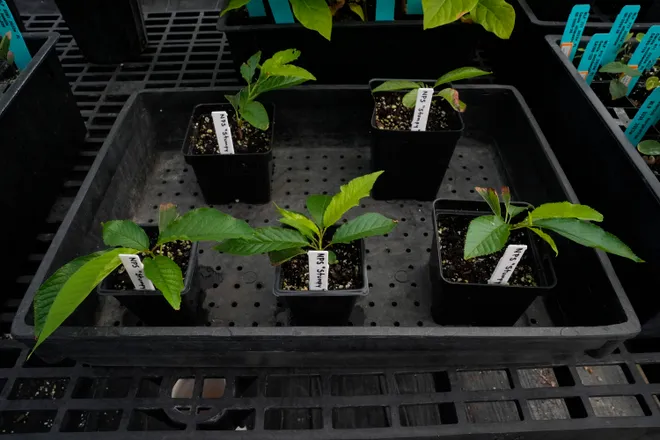
The hopes of Stumpy fans across the world are sprouting anew with five tiny Stumpy clones growing at the National Arboretum that could be replanted on the Tidal Basin within years in the beloved tree's honor.
"I would say right now, they're very healthy, they're strong, and they're doing great," said Piper Zettel, a horticulturalist at the arboretum.
The little trees still aren't out of the woods – even in ideal conditions, success in the propagation process isn't guaranteed, according to Zettel.
Still, they have made it through the most challenging milestones, Zettel said – the trees passed a high initial survival rate at 20 days, passed an adequate "rooting percentage" at four weeks, and showed leaf retention and new growth at the 8-week mark.
"There's a lot of factors, like abiotic and environmental factors that somewhat are out of our control," she said.
More:Cherry blossom super fan never misses peak bloom in Washington, DC
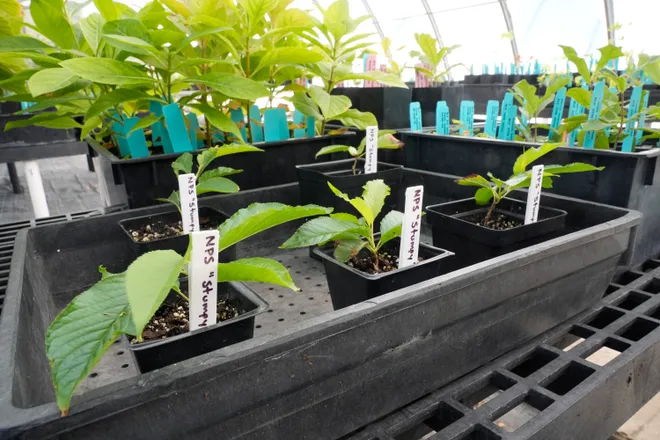
Stumpy among dozens of trees removed from Tidal Basin
Stumpy's prospects looked dim after the little tree was uprooted to make way for a National Park Service project targeting erosion on the Tidal Basin and Potomac River. In all, more than 140 cherry trees were removed for the three-year, $113-million-dollar repair of the basin's seawall.
What made Stumpy popular – the tree's appearance – was also evidence of its unhealthiness, arborists told USA TODAY.
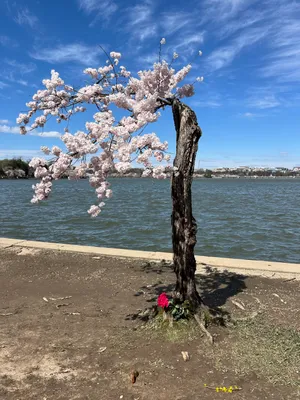
Stumpy was already in its decline cycle, Scott Diffenderfer, a consulting arborist who followed Stumpy's story, told USA TODAY. "In reality, it would be pretty close to impossible to do anything to save that tree or elongate its life beyond a short term."
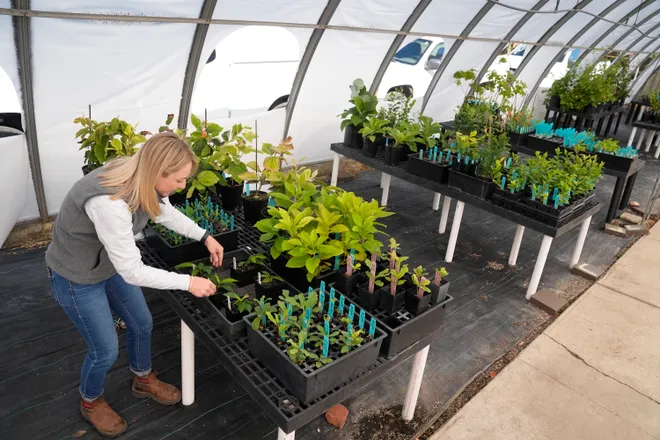
Between April and May, a group of horticulturalists from the National Arboretum took clippings from Stumpy to grow them into new, genetically identical trees.
"This is kind of a standard horticultural practice of collecting material at different times during a tree's propagation window. This can increase your chance of success," Zettel said.
Zettel is tasked with propagating the Stumpy clippings, the process of growing them into new plants. The Stumpy clippings were processed and taken to the arboretum's greenhouse complex.
Horticulturalists carefully cultivate Stumpy clones
Zettel said one of the biggest challenges was Stumpy's stumpiness – the little tree had few branches to collect, and what it did have was small.
"The material that we did receive wasn't considered to be ideal propagation material," she said. "It hadn't elongated to a length that would be considered ideal."
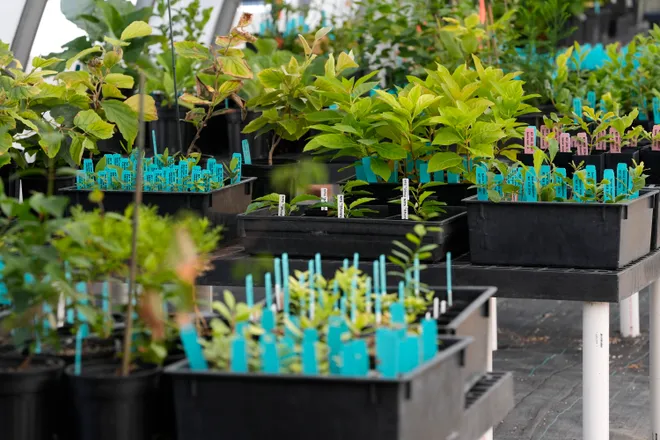
Although the new trees – called propagules – are genetically identical to Stumpy, they won't inherit its defects, which were caused by environmental factors.
"They are expected to exhibit typical Yoshino form," Zettel said, referring to Stumpy's type of cherry tree, which makes up the majority of those on the Tidal Basin.
The baby trees get a once-daily check-up from a horticulturalist who waters them when needed. They are also fed with fertilizer once a week.
"They don't like to have their feet, as we call them, too wet. So right now, they're getting watered every couple of days," she said.
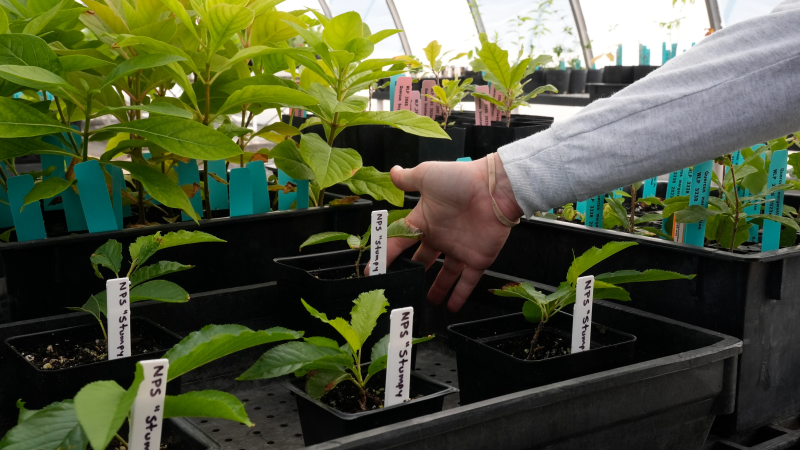
Their growth spurt will likely qualify them to move to a larger pot soon, Zettel said. They could move around half a dozen times before replanting, depending on how fast they grow, she said.
The arboretum hopes to replant the baby trees on the Tidal Basin once they are strong enough to grow on their own in two to three years.
"The National Park Service is pleased that the National Arboretum’s attempts to propagate the cherry tree known as Stumpy have been successful so far," Mike Litterst, chief of communications for the park service, said in a statement emailed to USA TODAY. "We look forward to eventually replanting cherry trees around the rebuilt Tidal Basin seawall in an environment where they can grow and thrive."
Cybele Mayes-Osterman is a breaking news reporter for USA TODAY. Reach her on email at cmayesosterman@usatoday.com. Follow her on X @CybeleMO.
Disclaimer: The copyright of this article belongs to the original author. Reposting this article is solely for the purpose of information dissemination and does not constitute any investment advice. If there is any infringement, please contact us immediately. We will make corrections or deletions as necessary. Thank you.





